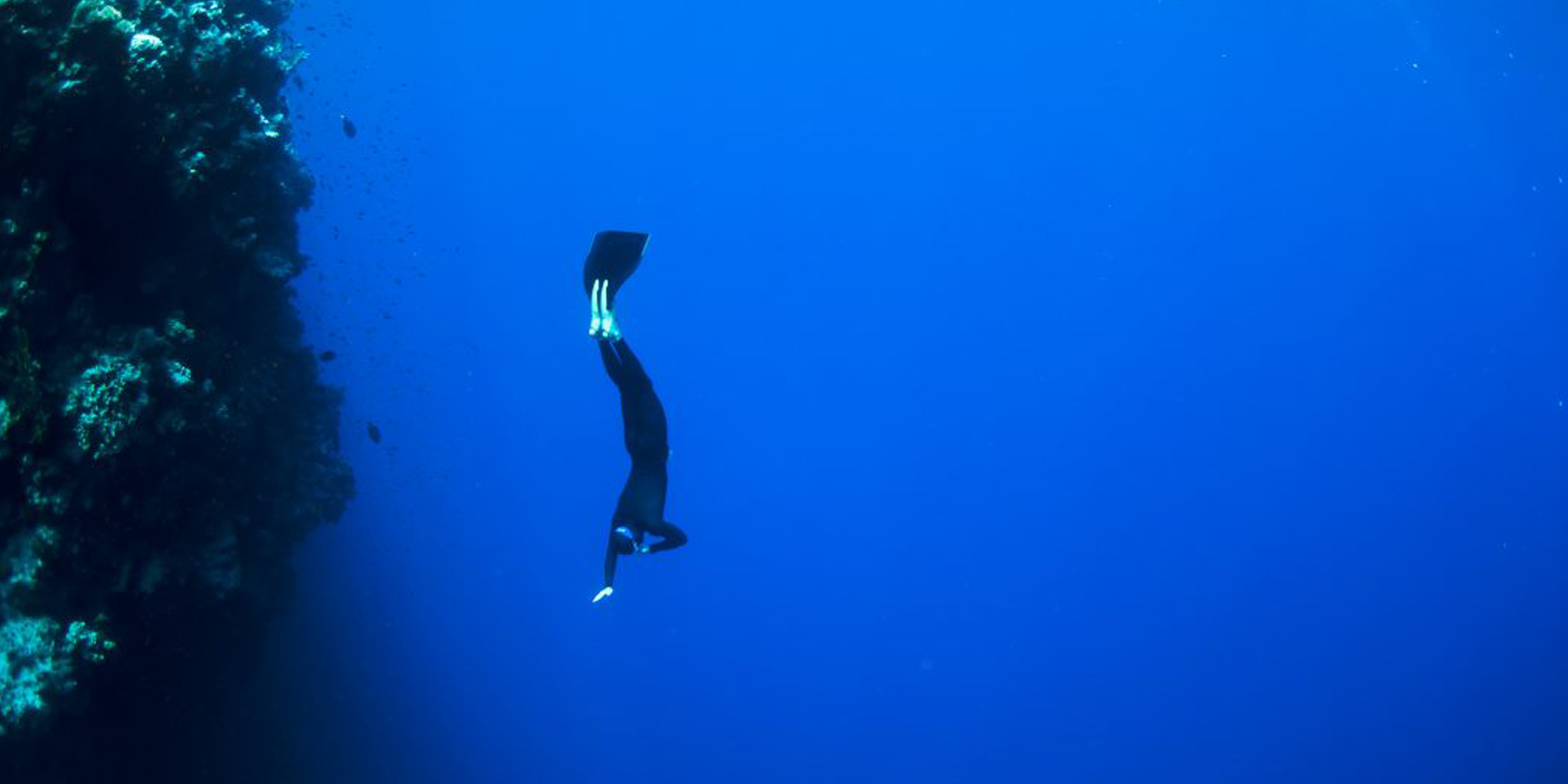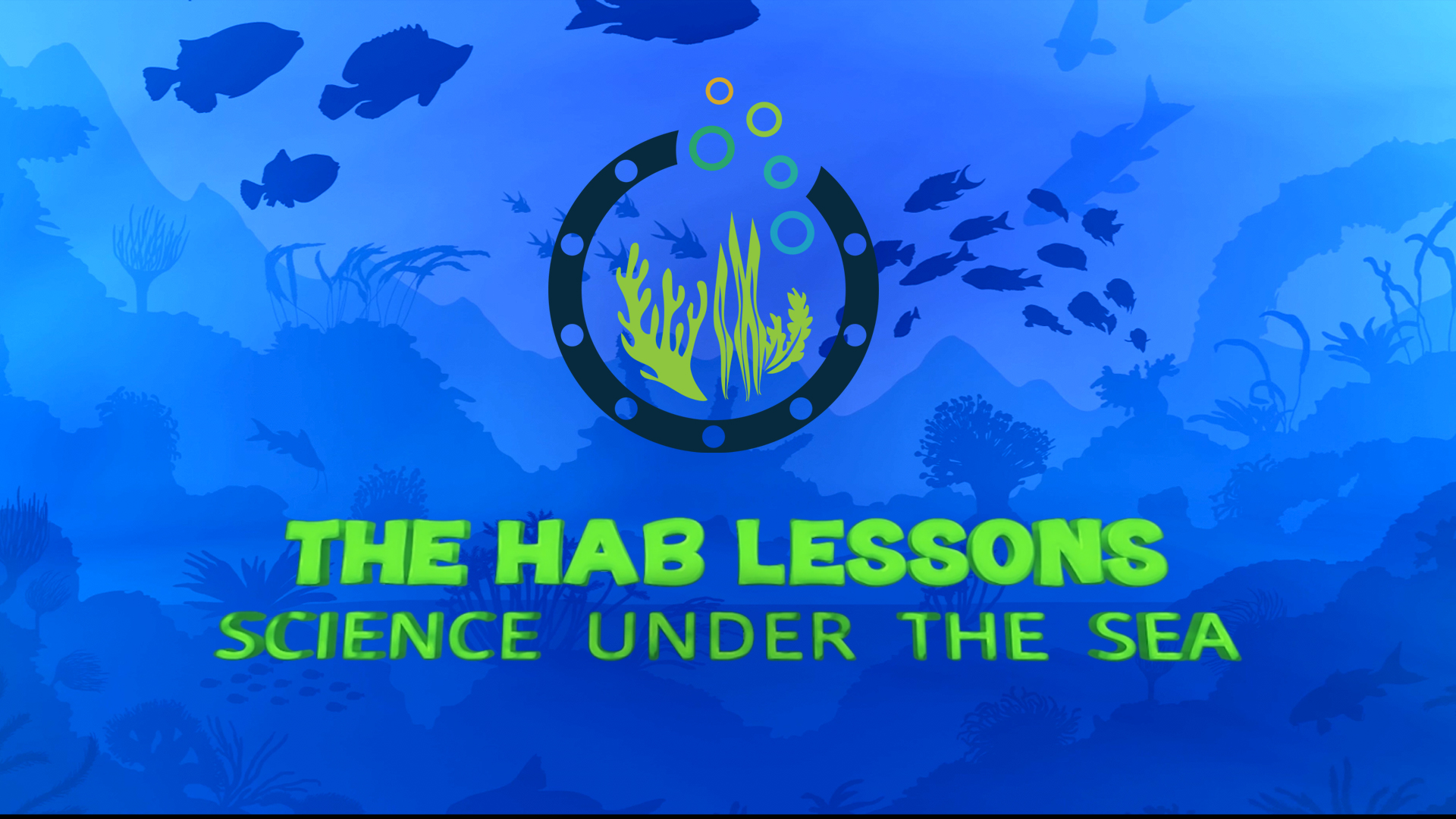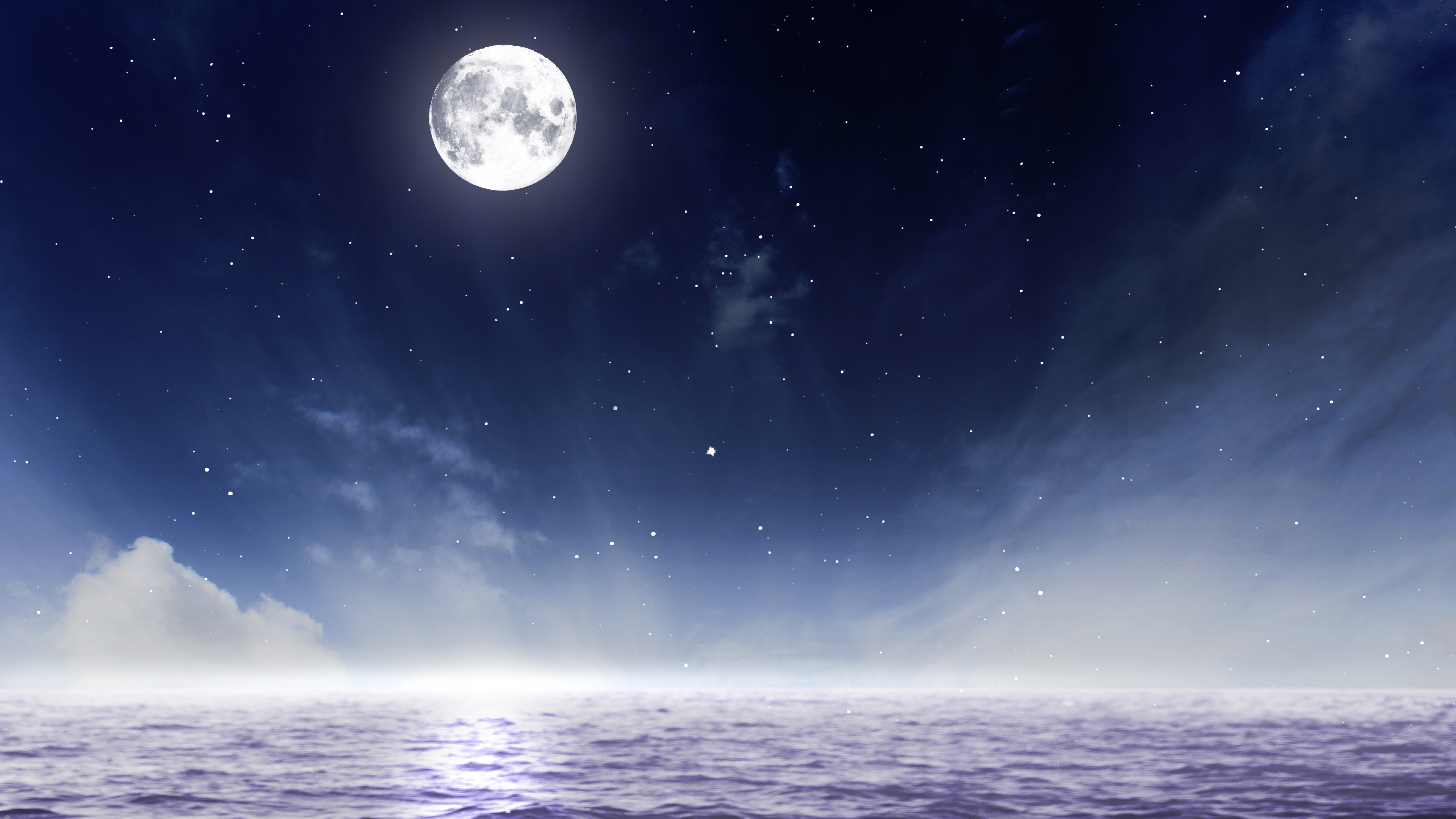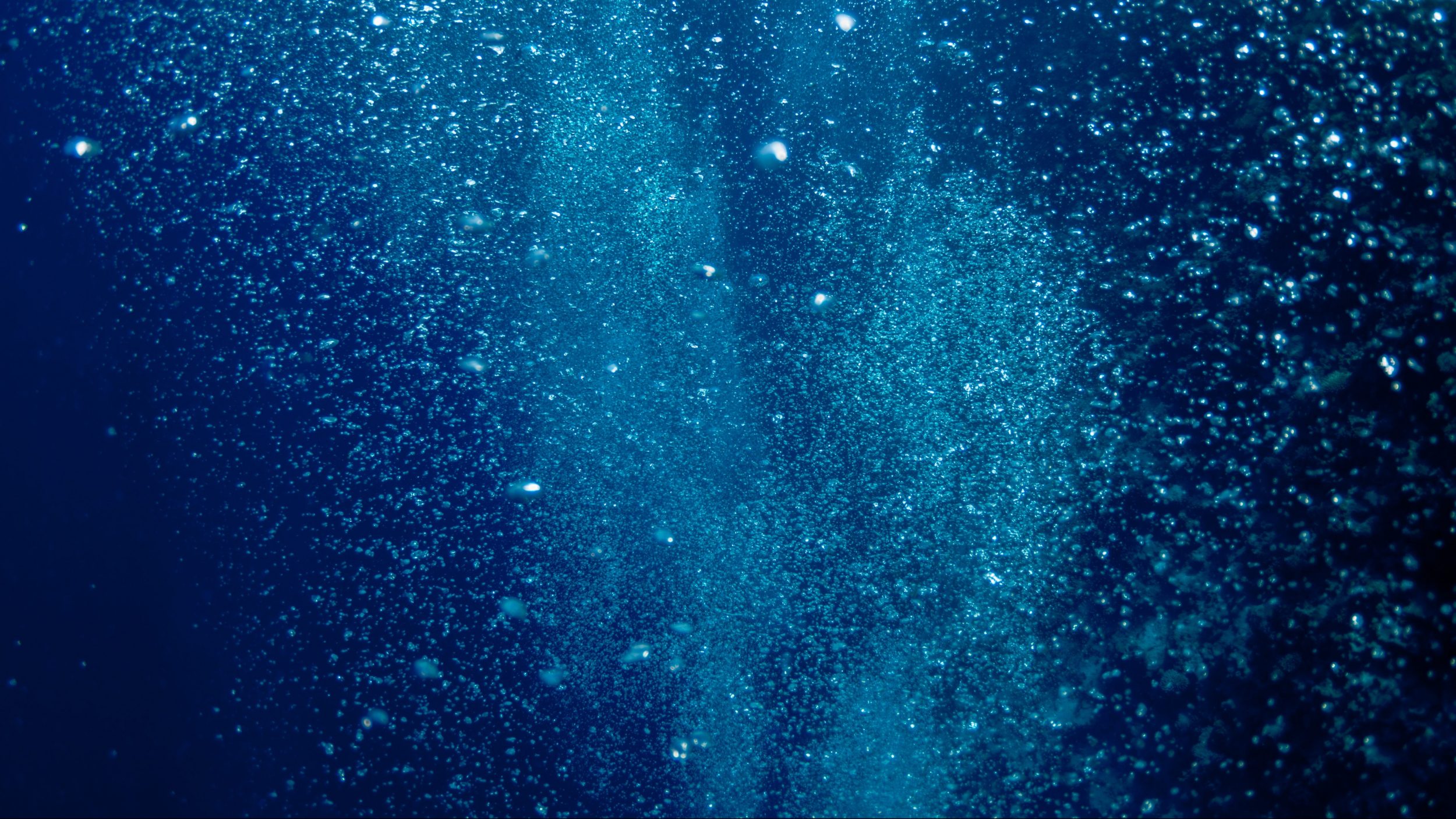
Sea to Space | Under Pressure Module Outline
UPR.A | How Much Pressure Can We Take?
Up, up and away…..to great views, fast travel and popping ears – yikes! What makes your ears pop when you take off and land on a plane, and what happens when you dive underwater? Sit back, watch a vid and enjoy learning a little!
UPR.B | Airborne and Feeling It
Grab your chewing gum and get ready to yawn, because it’s time to learn about pressure. We’ll take a look at the highs and lows of pressure, and what it takes to handle it.
UPR.D | 10 Fathoms Down
Is life really better down where it’s wetter? Or is the pressure too much to handle? Understanding how pressure works is essential to astronauts in training, divers, mountain climbers, submariners….and you too!
UPR.E | Under Pressure…No Stress!
You think your exams put a lot of pressure on you? Try having 100 feet of water trying to squish you! Imagine being under all that pressure without even an air tank…
UPR.G | What’s Up…and Down?
Do you have any idea where to find the ISS or how deep the weirdest creatures in the ocean live? Check out our map to see what’s up…..and what’s waaaaaaaaaay down!
UPR.H | Lesson Quizzes, Games & Bonus Questions
Okay, get ready for that pressure to kick in…. not really – we know you’ve got this! Time for a review though, so you’ll know what you might want to look over again.










